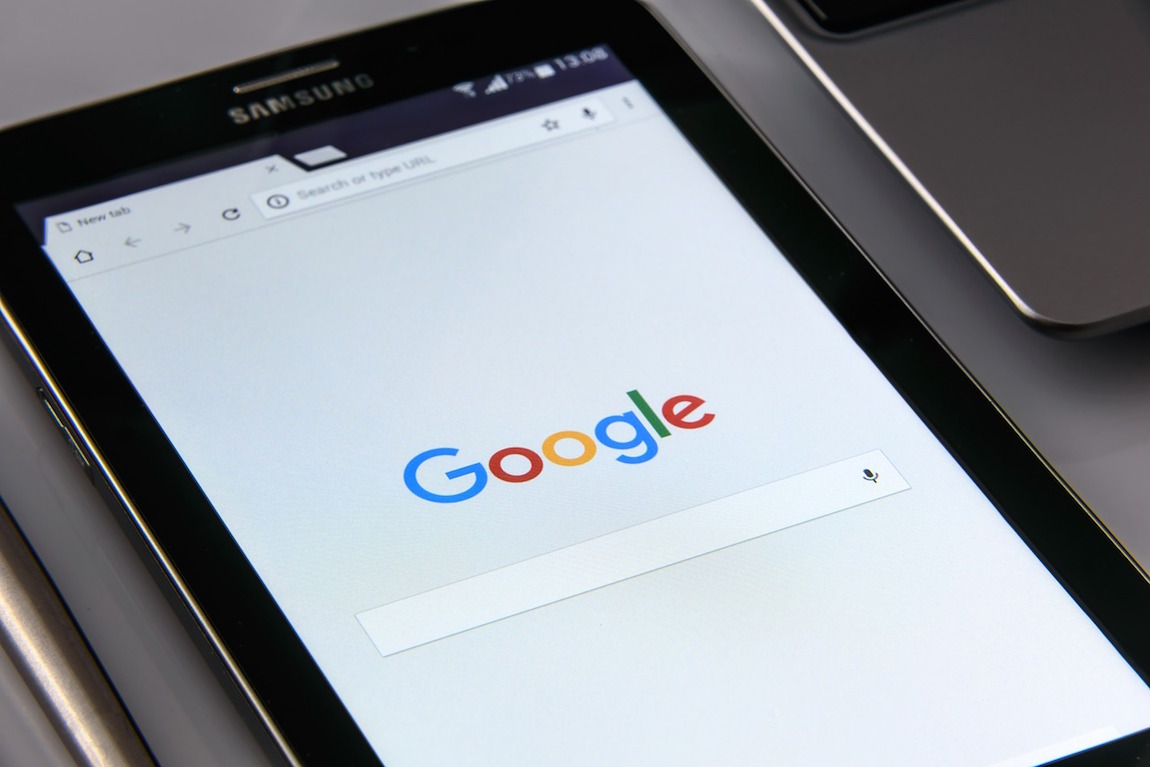B2B Monday Myth: Paid Search Isn’t Worth the Money
by MGB2B
The Myth: Paid Search Isn’t Worth the Money
The Truth: Paid Search Can Provide Great Results If It’s Managed Right
One of the biggest challenges for B2B marketers is getting good search rankings. There are likely many companies battling for the top key words in your industry. Paid Search, when done correctly, can help you grab the spots above organic results at the very top of the SERP (Search Engine Results Page). It’s true that some have trouble getting results from Paid Search. But there are usually some elements they can fine-tune in order to make it a more successful campaign. So whether you’ve tried and given up, or are diving into Paid Search for the first time, here are a few important things to think about:
- Know Your Target. Make sure you know your target audience well so that the ads you create will resonate. In this way, it is not unlike traditional advertising.
- Choose Your Words (Message) Carefully. Be original and impactful with your word choices. If the message is off, the ads won’t work. This is one mistake many marketers make with Paid Search that can be easily avoided.
- Get Your Keywords Right. Luckily, this is something that you can fine-tune as you go, but having the right keywords is well, key. Because while keywords are certainly not the only thing to take into account, they are the foundation of search engine marketing. If your competitors are outbidding you, step back and take a look at how you can get more targeted with your keywords. There’s a possibility you can own phrases that they’ve never even considered.
- Consider Geography. If you do Paid Search and target every place on the globe, you’re likely wasting valuable dollars. Targeting can be as wide as by country or as narrow as by zip code. And it can save you a ton of money.
- Monitor and Refine. This is perhaps the most important piece of Paid Search advice. You can test what’s working. If one ad, keyword, or zip code is not performing as well as others, you can cut it and put more money into the ones that are. Or you can use that money to test new ideas, words, and offers. The possibilities are nearly unlimited, and you get more bang for your buck.
When you take these steps, the potential ROI for Paid Search is very high. Paid Search for B2B brands is constantly evolving, which means the opportunities for sellers to generate brand awareness and quality leads grows every day. Stay on top of where Paid Search is headed and how it’s performing for your brand. When you do, you’ll be able to reap the benefits of a carefully crafted Search Campaign.
Continue ReadingRoads to Success: AdWords Device Bidding for B2B Marketing
by MGB2B

The hottest word in digital marketing is “mobile.” This is nothing new, of course. For years we’ve been seeing that mobile search traffic growth is increasing. As the screens we carry in our pockets become more and more integrated into our personal and professional lives, this trend will just continue. And now Google has made mobile content the first indicator for search rankings. This makes “mobile first” a necessity more than a suggestion. Now is the perfect time to start optimizing your B2B marketing efforts for searches across multiple devices.
Thankfully, Google AdWords now allows marketers to make device-based bidding choices on all three device categories: Desktop, Mobile devices with full browsers, and Tablets with full browsers. For years, we’ve had the ability to make bid adjustments for our mobile search traffic, but Desktop and Tablet bidding had always been grouped together. That’s no longer the case. Now we can set our base bid for any of the three devices, and then make bid percentage adjustments for the other two. This is a fantastic change to the AdWords bidding landscape — a leap forward for many B2B marketers, who for years have seen the differences in traffic performance from each of the device groups in their segmented data.
The Best Ways to Use Device Bidding for B2B Marketing
You can read about the “mobile first” traffic trend all day. But how searches from different devices affect your B2B marketing efforts can vary wildly depending on your industry. Luckily, you can find a wealth of data on how Desktop, Mobile, and Tablet traffic perform specifically for your business right in your Google AdWords reports. By segmenting your historical AdWords data by device, you can see where the majority of your clicks and impressions are coming from, and how they perform compared to one other.
For instance, you might find that while the majority of your paid search traffic still comes from desktop, the traffic that comes from mobile devices typically comes in at a better Position and Click-thru-rate/Conversion rate at a lower Cost-per-click. This would suggest you should increase your mobile bid to take advantage of this trend. Or, you might see that mobile and desktop searches make up the bulk of your traffic, but when searches come from tablets they perform far worse. From here you might decide to reduce your bid for tablets and allocate more of your budget to the higher-performing mobile and desktop searches. Whatever the data tells you, you now have the tools to make informed decisions.
While the trend towards “mobile first” is obvious and inevitable, at the end of the day, the device-bidding actions you take now should be based on what works best for your brand. When you combine these new tools with your deep insights into your markets, the possibilities are endless. Keep in mind that all the bidding adjustments you make might be in vain if you haven’t created a mobile-friendly version of your site. It’s also important that it loads quickly and is easy for customers to navigate across different screen sizes — a good reason to have a responsive design if you don’t already.
The routes customers take to reach your business are constantly evolving. Make sure your company is taking advantage of every available road to success.
Continue ReadingB2B Monday Myth: Old-School B2B Marketing is Dead
by MGB2B
 The Myth: Old-School B2B Marketing Is Dead.
The Myth: Old-School B2B Marketing Is Dead.
The Truth: A Perfect Mix of Old and New Marketing Tactics Makes for the Most Effective Marketing Strategy.
Cold calls, trade shows, print media, and traditional sales methods – do they still work in this day and age? Many would have you think they don’t, and that is true in part. But much of what used to work still works today — just in different ways. So don’t swap out the old wholesale for shiny, new marketing approaches; just figure out the mix that works best for your business.
In order to achieve maximum results, your strategy must bridge the gap between both schools of thought.
Consider these points when creating that perfect mix of traditional B2B marketing strategies and new ways to promote your brand.
- Trade Publications Offer More Than Just Print Ads. You might think that putting your ad in a trade publication is a waste of time since the future of print magazines is not looking great. But B2B publications are more important than ever, and if you develop a good relationship with your rep, it could mean editorial preference, digital opportunities and access to leads you wouldn’t otherwise have, and enhanced trade show experiences (see #3).
- White Papers Are No Longer White Nor Paper. But they are certainly still effective in the B2B realm. White papers still serve the same purpose as they did back in the day and contain the same valuable information as before. Only now, you can make them a whole lot nicer looking and easier to navigate. Of course, your content still needs to be fresh, relevant, and engaging. Today, you have more ways to get your white paper seen – whether it’s distributed to your email list, offered in a Facebook ad, or geo-targeted at attendees of a trade show, which brings us to…
- Playing the Trade Show Game. Trade Shows are a lot different than they used to be. It’s not just about setting up a booth and putting out a print ad in the event program to tell people to come for a visit. Social media can be used to engage with visitors before, during, and after the show. Try using a contest to drive people online and capture new, engaged leads. Or advertise a white paper on mobile phones within a certain radius of the hotel or convention center. There are lots of possibilities – here are a few to get you started.
- The Evolution of Cold Calling. Cold calling in its traditional sense is fairly controversial in the marketing world. Some think it’s dead. Others think it is still effective in the hands of the right salesperson. A few even think it is borderline unethical. But the truth probably lies somewhere in the middle. The call has, in most cases, become an email. And the best part is that it’s not cold at all anymore; it’s warmed up a bit. Using content marketing, you can build a database of warm leads who have actually expressed some interest in what you have to offer. Maybe they’ve signed up for a webinar your hosting or downloaded one of your white papers. The key is to nurture these newly cultivated relationships so that they convert to sales.
Old School B2B is not dead. It’s just changed a bit. Get the right mix for your brand, and watch the leads come rolling in.
Continue Reading